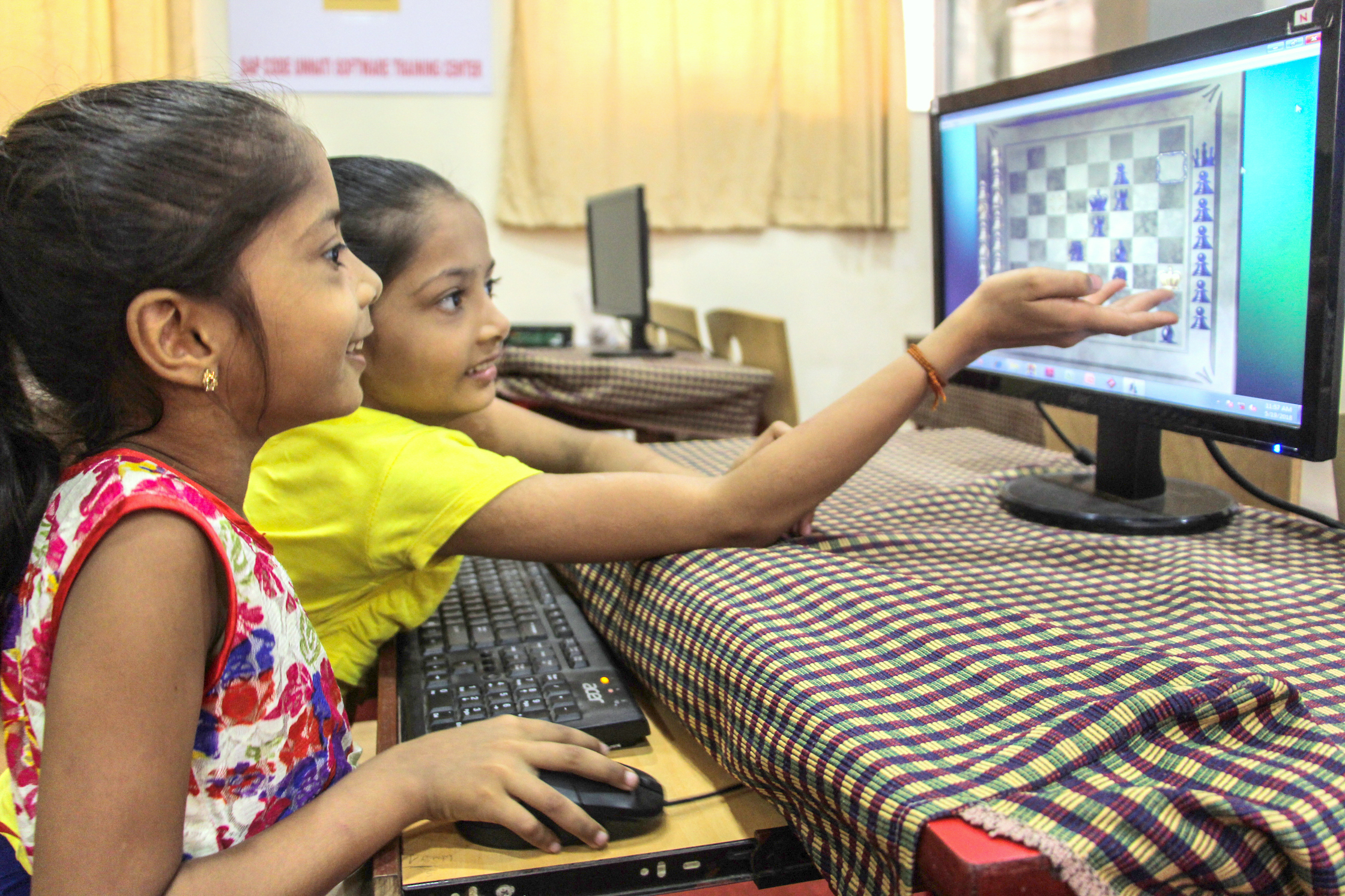Digital media, a word often associated with computers and the changing face of the IT sector. This misconceptualization is based on the premise that computers are just a subset of the vast universal set which offers innovations which were beyond the imagination of many, just a decade ago. The narrow definition of digital learning focuses on its association with technology; however the concept has a much wider scope. It not only includes association, but effective use of digital technology that promotes adaptive learning and exposes an individual to real life situations. This marks the line of transition from textbook based education to augmented reality education. Hence, the phrase, “From Blackboard to Digital Board” becomes more relevant in case of classroom based learning.
In this background, we would look into the dynamic nature of digital learning and its detrimental role in education. For this, this article would be based on a trisected premise. The first being an innovative perspective towards digital learning, education and other prospective applications, the second being the financial feasibility of digital learning, thirdly and lastly, the social implications, technical jargon and acceptability of digital media.
The innovative transition in the field of digital learning is a landmark in itself. Earlier, school going children were restricted to the limited and basic computer software. The transition marked the inculcation of smart classes, where in the regular classes were also conducted through means of advance application based education software. More and more schools are also shifting to tablet learning. Competitive exams are transmuting to online platforms. The most significant juncture in the digital learning space was when coaching centers started using digital media, to not only simplify the concepts for children but also make it the unique selling proposition of their own brand. These innovations lead us to conclude that the Indian education and learning space has accepted the transition of digital media from being a secondary option, to being the primary platform for teaching the new generation.
Furthermore, when we touch upon the financial feasibility of digital learning, it is understood, that the cost varies depending upon the kind of technology that an institute is willing to use. However, due to the significance of the large urban and rural population of children, the benefits of economies scale are accrued. Also, it is important to consider the return on investment on human resources in this scenario, rather than considering the immediate absolute cost that is incurred. The benefits of inducing digital learning in the education space, from a financial standpoint, are twofold. Children are exposed to augment and virtual reality based education software that prepares them for the dynamic and demanding job/entrepreneurship structure. Secondly, the benefits of a onetime investment will not only be shared by a large number of students of one batch, but by the various future batches as well, thus widening the impact of the scale benefit. This twofold beneficiary structure is further complemented by the efforts of various tech-giants, such as Samsung, which has recently entered the domain of digital learning. Samsung provided tablets and smart boards to various public sector and private sector schools at effective prices. Thus, the financial feasibility, is plays the role of a pro, when it comes to induction of digital media.
Every innovation presents an opportunity. However, capitalisation the opportunity by all sectors requires socio-economic common ground. The digital learning drive has its fair share of pros, but a plateau of differentiation is created. While most private and major government schools have access to digital platforms in urban areas, the idea of digital learning is still a far cry for a majority of schools in rural areas. Yet, there stands to be hope. Tech companies have started to partner with public sector schools, specifically in rural areas. This not only improves the quality of education but also entices the children to explore.
To bring innovation and change Smile Foundation’s Mission Education centre in Mumbai, Chennai and Delhi have been facilitated with ‘Smart Class installations’ for giving children access towards modern electronic medium of classroom teaching –learning. In Asia’s largest slum, Dharavi, school going children have seen a change in the classrooms with digitisation. For technology integration and for improving the children’s learning interest, skill sets and the overall learning outcomes, smart classes were established to promote digital literacy through digitised curriculum and teaching techniques at the Mumbai centre.
In Delhi some Mission Education Centers got quality intervention support in terms of Competency Based e-Learning solution CoBELS) which is a pedagogical tool that enhances learning through a child’s own experiences and actions. It is an E-Learning Solution, which adapts a learner-centric pedagogy and provides a free and unrestricted access to the children which enhance their logical and analytical thinking skills and application of knowledge which in turn gives better learning outcomes. The key is to provide them with a solution which provides joyful and experiential learning through gaming and activity based content.
All the above stated arguments, figures and cases lead us to a single and ultimate conclusion; Digital learning is the future of education. Induction of innovation in education, lights the society’s path to a better future. Digital learning is just a minor investment, in the pursuit of building an excellent human resource pool. Let’s move forward from blackboard to the digital board.










